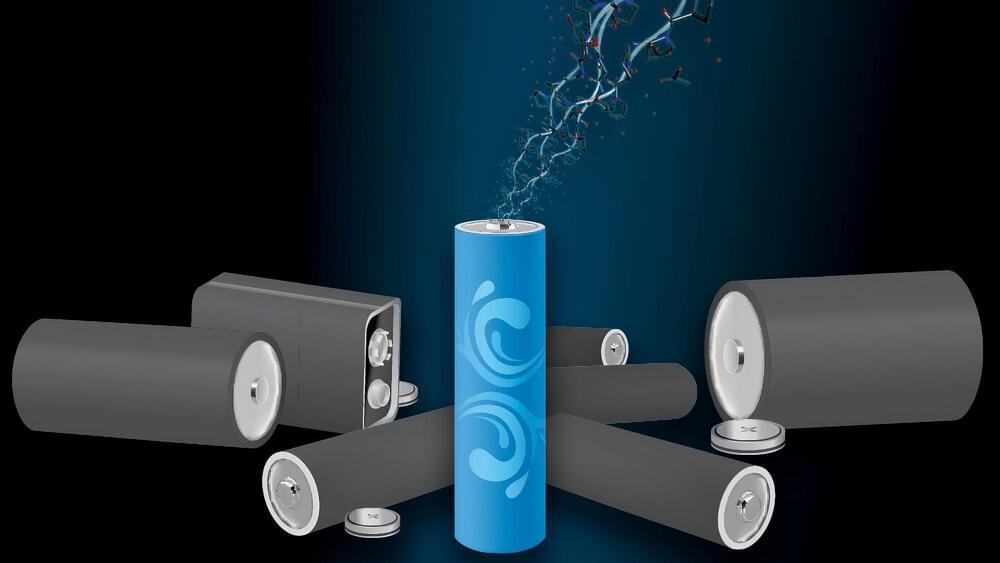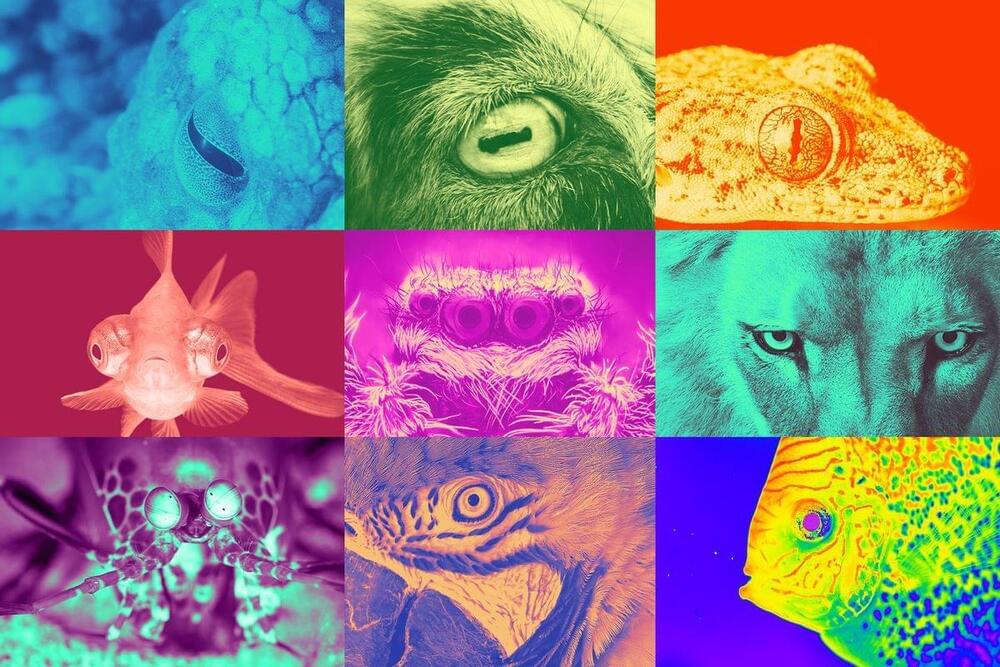A new Tesla Megapack project has broken ground in Arizona, and when it comes online in 2024, it will be the state’s largest energy storage system.
For utilities, battery energy storage is one of the most helpful new technologies they can employ to reduce fossil fuel dependence and increase the reliability of their associated grid. By holding onto excess power generated during lulls in demand, power companies can more easily address peak demand and, importantly, reduce costs. Now, a new Tesla Megapack energy storage system is set to do just that in Arizona.
The Sierra Estrella energy storage facility, constructed by utility company Salt River Project (SRP) and energy system constructor Plus Power LLC, will be the largest of its kind in Arizona. The massive network of Tesla Megapacks will have a capacity of 1,000MWh, enough energy to power 56,000 homes for four hours. According to previous information released by SRP, the project was set to cost $400 million, but this does not account for the recent Tesla Megapack price cut.









